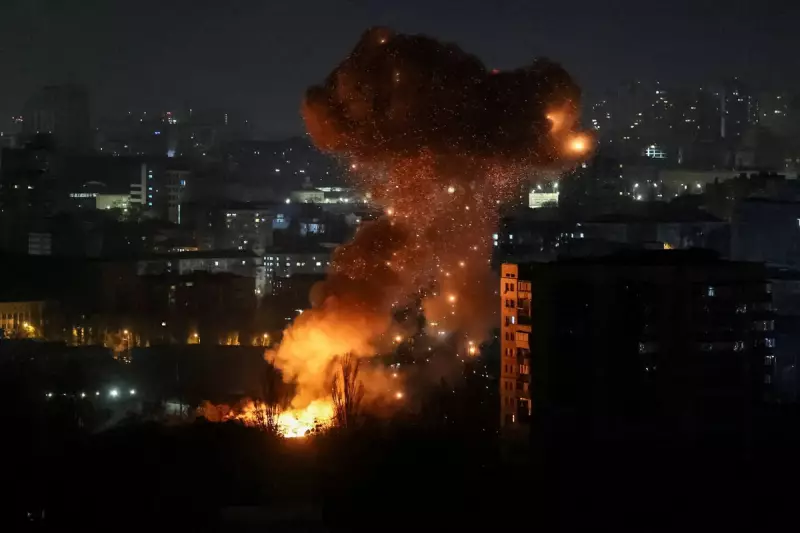
Ukraine has initiated the mass production of a new, domestically developed interceptor drone, marking a critical enhancement to its air defence capabilities as the nation continues to endure sustained aerial assaults from Russia.
A Strategic Defence Initiative
The Ukrainian defence ministry publicly announced the initiative on Friday, 14th November 2025. This development comes as the conflict nears its four-year mark, with Ukrainian cities facing near-daily drone attacks. Officials highlighted the scale of the threat, reporting a recent onslaught involving a staggering 430 drones in a single night.
Three manufacturers have already begun production, with an additional eleven companies preparing to establish their own assembly lines. This coordinated industrial effort is central to President Volodymyr Zelensky's ambitious target of manufacturing up to 1,000 of these interceptors every day.
The 'Octopus' Technology in Combat
The new drones utilise a proprietary Ukrainian technology dubbed 'Octopus'. The defence ministry confirmed that the system has already been tested in live combat scenarios against Iranian-designed Shahed drones. It proved effective under challenging conditions, including at night, during electronic jamming, and at low altitudes.
This cost-effective solution is strategically vital for Ukraine. With each interceptor costing only a few thousand dollars, it allows the country to preserve its more expensive and sophisticated missile systems for faster, deadlier threats like cruise and ballistic missiles.
Escalating Attacks and Civilian Impact
The push for mass drone production comes amidst a severe escalation in Russian attacks. On Friday, President Zelensky condemned a "wicked" missile and drone assault on Kyiv that killed five people. Among the at least 34 injured was a pregnant woman.
Zelensky stated the attack, which also hit the Kharkiv and Odesa regions, was "deliberately calculated" to cause "maximum harm to people and civilian infrastructure." The assault on the capital was so prolonged that officials urged residents to remain in shelters. City authorities also issued warnings about potential power and water outages, underscoring the attack's impact on essential services.
This industrial and defensive move occurs against a backdrop of Russia's own increased investment in long-range drone technology, steadily raising the number of drones used in individual strikes on Ukrainian territory.





